Table of Contents Show
When watching a Korean drama, two things can take place; one, the cast will be filled with attractive actors, and, two, there will be a love triangle without a doubt. It doesn’t matter if the drama is set in an elite high school, a historical royal court, or an office; there will be a love triangle that involves two handsome actors and a pretty actress. Furthermore, a sense of irritation comes along as the ‘second lead’ male protagonist typically treats the main female character with respect and kindness. Unfortunately, this often leads to the alternate male character, who treats the main female protagonist terribly, concluding the series with the girl. While this trope is featured in many dramas, many fans still find themselves pitting that these second leads are left without a chance at love and hope that the good guy will finally get the girl in the next drama.
What — And Who — Are Second Leads?
When referring to Korean dramas, the term second leads is the male character that fills the role of the third most important character in the story. The first male lead and main character tend to have more scenes and in-depth storylines, while the second lead’s backstory may not be as explored as in-depth compared to those two. But in terms of relationships, the second lead is the male character in the love triangle that will not end up with the main female character. Many Korean dramas feature love triangles to bring more conflict to the storyline and have two male characters that the main female character must choose from in a romantic sense.
Korean dramas have perfected a formula for creating second leads that many fans become attached to and root for instead of the male first lead character. Of course, certain characteristics match each person in that love triangle, but for second leads, these elements tend to have them being the sweeter and more self-sacrificing love interest. Of course, there are also examples of love triangles and second leads in western media, like what is portrayed in To All the Boys: P.S. I Still Love You ( 2020; Michael Fimognari ), which has John Ambrose pinning after Lara Jean Covey while she is dating Peter Kavinsky or the famous love triangle between Jacob, Bella, and Edward in the Twilight Saga. But with the number of love triangles featured in Korean dramas, it’s no surprise that many second leads have become fan favorites, especially when the true male leads are stereotypically jerks towards their love interests.
What Is ‘Second-Lead Syndrome?’
This dynamic has lead to a number of fans of Korean dramas developing “Second-Lead Syndrome.” This phenomenon is when fans of a drama support the second leads more than the first leads in dramas. The reasons vary due to the difference in each drama’s second lead, some viewers feel that the second lead treats the female character better, or some fans may feel their story arc is more interesting. But in the end, the thought process is the same. These fans believe that these second leads deserved better, some wish that the character ended up with the female lead, and some wish that these characters could achieve the goals and ambitions throughout the show.
This phenomenon can even be applied to the actors who play these characters; for example, Hwang In Yeop has played several second leads in different dramas, making viewers fear that he’ll never “get the girl” and stuck playing second leads for the rest of his career. As a consumer of Korean dramas since the age of seven, I have been a victim of “Second-Lead Syndrome” many times. I have fawned over many second leads throughout the years and seen how these characters have adapted throughout the years, but in the end, they all have the same faith in being left behind by the female lead.
Shows That Illustrate Second Leads
Since the love triangle is a common trope among Korean dramas, especially in the romance genre, many second leads lose their chance at love. There are examples of the second leads in dark and tragic dramas like Stairway to Heaven (2003; Lee Jang-soo). This show features the second lead, Han Tae-Hwa [TRIGGER WARNING] commits suicide to donate his organs to give the female lead, Han Jung-Suh, a second chance at life. The trope of second leads is even featured in light-hearted comedies like Welcome to Waiki ( 2019; Lee Chang-min) has Song Hyun-Joon, a caring and kind mentor figure towards Han Yoon-ah rejected for the clumsy Kang Dong-gu who can’t even hold a stable job. Historical dramas like Moon Lovers: Scarlet Heart Ryeo (2016; Kim Kyu-Tae) have a love triangle between multiple princes and a time traveler that is the catalyst of the political drama in the show. It is to be expected that the trope of second leads, which spans genres and decades, changes and evolves, and this evolution can be analyzed by observing popular Korean dramas.
Boys Over Flowers (2009)
The trope of the “Second-Lead Syndrome” during the early 2000s was easy to spot. For example, the well-known Korean drama class, Boys Over Flowers (2009: Jeon Ki-sang). This drama had plenty of problematic aspects, but the most noticeable aspect is how the male lead Gu Jun-pyo treats the main character Geum Jan-di. The show centered around the elite Shinhwa High School and the privileged teenagers that attend there. The male lead Gu Jun-pyo is the leader of the cliche of popular male heirs referred to as the F4 and bullies the Jan-di throughout the first few episodes due to her “lower-class” origins. The second lead in this drama is Yoon Ji-hu, who, while also a member of the F4, treats Jan-di with respect throughout the bullying and, in many instances, comforts her in the aftermath of Jun-pyo’s antics.
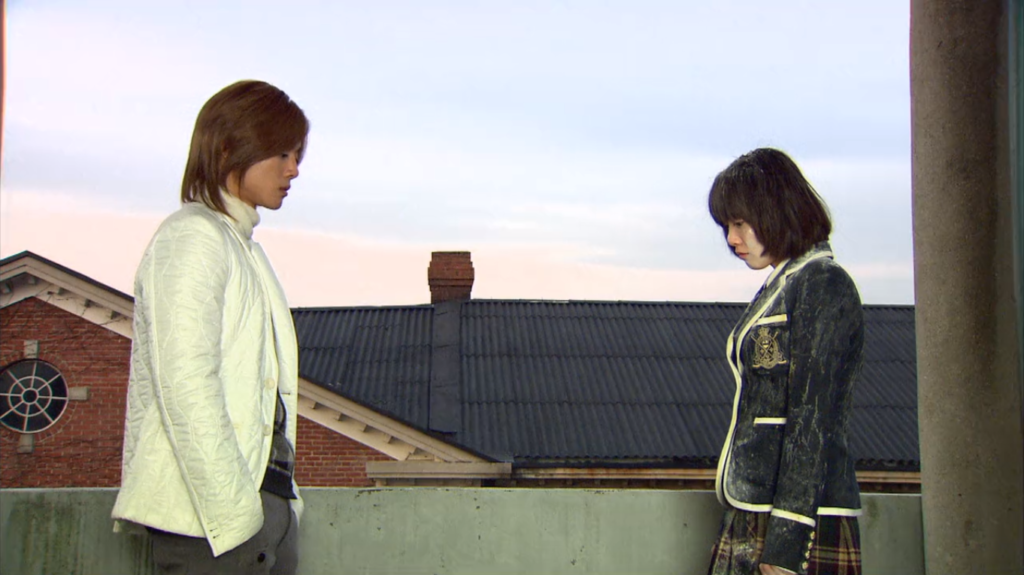
It’s no surprise that Jan-di first had feelings for Ji-Hu, but in a bittersweet twist of faith, it’s not till Jan-di and Jun-pyo begin to feel attraction for each other that Ji-hu begins to notice his own feelings for the young woman. While Jun-pyo may have trauma from his past and a soft heart underneath his arrogant facade, Ji-Hu was there for Jan-di since the start of the drama and never made her feel lesser because of their wealth difference.
Many fans found it hard to watch a well-rounded character like Ji-hu, who tried his best to support Jan-di, lose any chance of a relationship with her, especially to a character who is as polarizing as Jun-pyo. But viewers had to accept that Jun-pyo and Jan-di were in love with each other and that Ji-Hu did not have the same bond or emotional chemistry with Jan-di as the first lead did. Second leads like Ji-hu were a staple of the dramas of the time, and for many viewers, this was the first instance of “Second Lead Syndrome.”
You’re Beautiful ( 2009 )
Another drama with a similar second lead in the early 2000s is You’re Beautiful (2009; Hong Sung-chang). Again, this show had more tropes than most viewers could count. From the female lead Ko Mi-nyeo cross-dressing as her twin brother Ko Mi-nam in a K-pop boy band and her having to hide her gender while deal with a love triangle between her bandmates, it’s a classic that many drama viewers remember fondly.
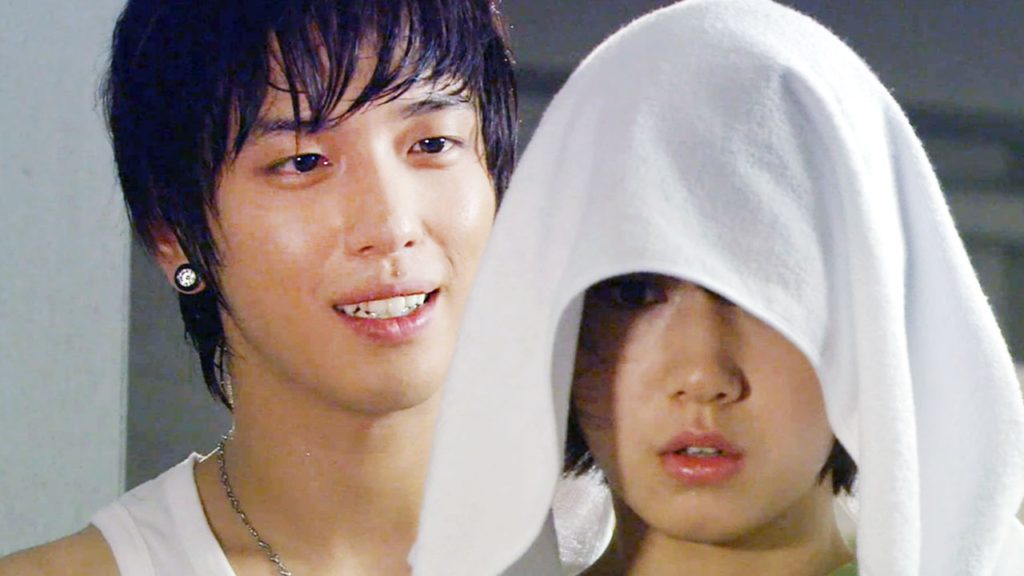
Similar to other second leads of the time, Shin-woo treats Mi-nyeo better and protects her secret throughout the show is rejected. Shin-woo’s rival is Tae-kyung, who, like the previously mentioned male lead of Boys Over Flowers, is rude to the main protagonist but has a childhood trauma to explain away his cold demeanor towards Mi-nyeo. At least for fans of the Shin-woo and Mi-nyeo ship found solace in the fact that the two actors Jung Yonghwa and Park Shin Hye for these characters were later paired up in a drama a few years later. But it was still dishearting to see how the second leads, who are genuinely kind from the start, are pushed aside for first leads who don’t seem to respect the main female character.
Reply 1988 (2015-2016)
Reply 1988 (2015-2016; Shin Won-ho) is the third installment of the Reply series. Each show focuses on a group of friends during a certain time period throughout Korean history, while the main female character’s future spouse is left unknown to the viewers. Throughout the show, hints are shown. The drama series is rather fun to watch due to the retro theme, and husband guessing is interesting as viewers use clues from the episodes to find out which male characters are the main love interest. In the two previous installments of the franchise, each of the second leads’ was given ample screentime and an equal amount of depth as the first leads. The case is the same in Reply 1988 as it follows a young girl Sung Duk-seon and her neighborhood friends during their youth in the 1980s.
Duk-seon spends most of her days fighting with her two siblings, hanging out with her friends, and mulling over her love life. The main love interests in her life are her neighbor Kim Jung-hwan whom she bickers with constantly, and the sweet Choi Taek, whom she dotes on every chance she gets. If one were to only rely on tropes alone for second leads, they would assume that Taek would be the one to fit the role, as he is kinder to Duk-seon and pines for her from the start. Duk-seon and Jung-hwan fit the more typical couple seen in Korean dramas, as they spend most of their on-screen time together arguing. Many viewers expected Jung-hwan, who has secretly hidden his feelings over the course of the film, to be her future husband, but it is shown that in the last episode, Taek is the one Duk-seon will marry.
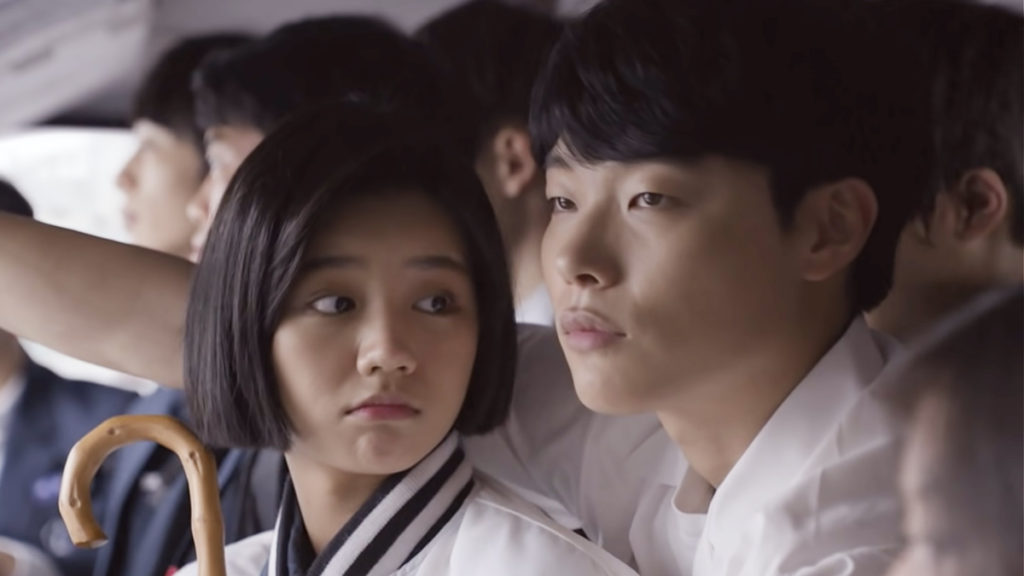
Viewers may argue that Jung-hwan fits the role of stereotypical male leads, as he is loud, quick to anger, and secretive towards his true feelings for Duk-seon, but those traits are the reason that Duk-seon begins to pull away from Jung-hwan. Instead, this drama puts forth the idea that hiding one’s feelings like many male leads in Korean dramas would not work in a relationship. It takes honest support towards one another in a relationship; a woman should not have to fight or fix the men in her life to be loved.
But many viewers found themselves feeling sympathetic over Jung-hwan due to his reliability as an unsure teenager. At the same time, he is prickly; he never intentionally hurts Duk-seon and cares for her as much as Taek does. Fans who had “Second Lead Syndrome” over Jung-hwan found his hesitation pitiful and therefore wished that he would get a happier ending when the drama finished.
Extraordinary You (2019)
Reply 1988 is not the only drama in the last few years that turns the idea of second leads around. Many dramas of recent years are allowing their second leads to be complex individuals. The reason for “Second Lead Syndrome” forming with viewers was not only because the first leads were jerks, but because second leads have better character development or a more interesting character arc. For example, Extraordinary You (2019; Kim Sang-hyeop)’s whole plot focuses on the meta idea of the drama characters actually being webtoon characters and realizing it throughout the show.
A lot of the plot points in Extraordinary You follow the same format as the previously mention Boys Over Flowers, as the main characters of each show attend an elite high school and the main webtoon “character” is a poor girl named Yeo Joo-da, is only just starting to go to the school. But the main character is not the Joo-dal in Extraordinary You, but instead, Eun Dan-oh, who was supposed to be a side character gaining self-awareness, is the protagonist. Unfortunately, Dan-oh finds her set up as a sickly side character restricting and that her love interest, the arrogant Baek Kyung, who rejects any form of attention for her not to be worth her time and thus sets out to find her true love even if the writer doesn’t want her to.
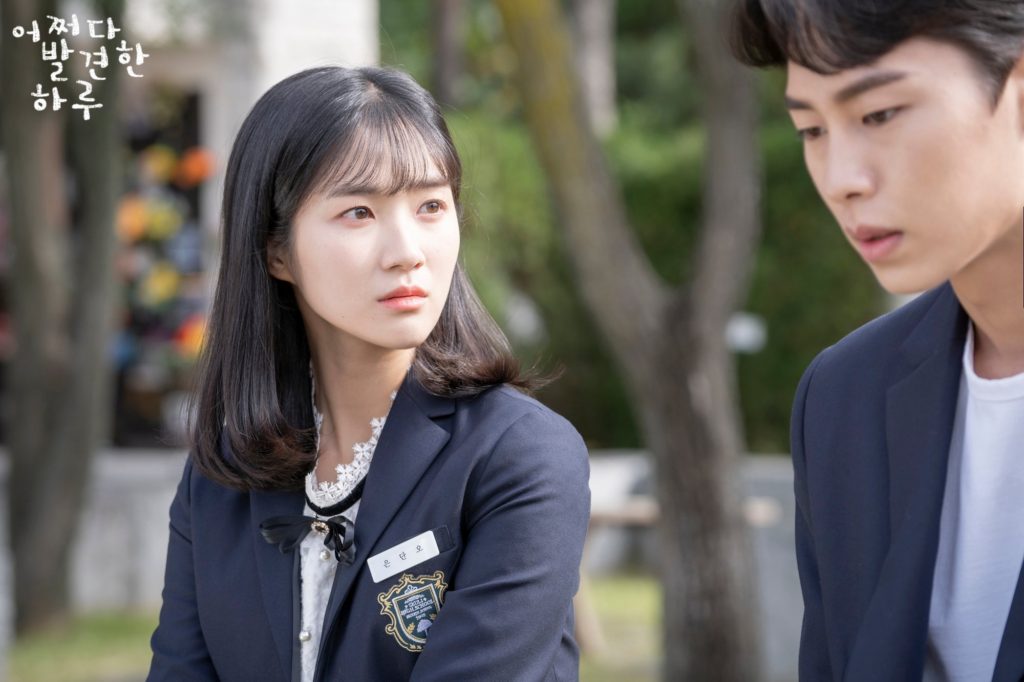
Dan-oh’s realization leads our first lead Baek Kyung to become a second lead as she pushes him away in favor of an extra, which she names Haru. Understandably, Dan-oh falls for Haru, who is supportive and kind since the moment they met; he’s much more like the second leads that were popular in the early 2000s. While Baek Kyung harshly rejects any form of affection from her, he even suggests that she’s faking her illness for his attention.
His personality and actions are nothing to be pitiful towards, and it is not until the latter half of the series when Kyung begins to realize that he’s a character in a story and that he had no control over his actions towards Dan-oh that many fans began to feel pity for him. It was saddening to see Kyung, who only had Dan-oh for support while living with an abusive father and uncaring stepmother, realize that the “love” of his life was meant for someone else. This example shows that not all second leads can or should be good guys.
While Kyung is a pitiful character, his situation does not negate the way he treated Dan-oh even if it was out of his control, nor should he be given to Dan-oh just because he’s suffered in the past. Extraordinary You takes what was once popular to see in a first lead and makes that character into a second lead showing how the trope can be played with to create new and exciting content.
The Future Of Second Leads
The world of Korean dramas has changed drastically in the last decade. The format of pretty people falling in love on screen remains, but how second leads and even first leads are portrayed in these dramas has begun to evolve. You can see the evolution of the second lead, especially when you look at the difference between dramas made during the early to mid-2000s to dramas made in more recent years. In the early 2000s, the Hallyu Wave, meaning the phenomenon of Korean media gaining popularity outside of Korea, was beginning. The tropes of the genre were forming in the minds of the consumer; therefore, it was common to see the cliche dynamic that is set up in the two mentioned dramas of that era.
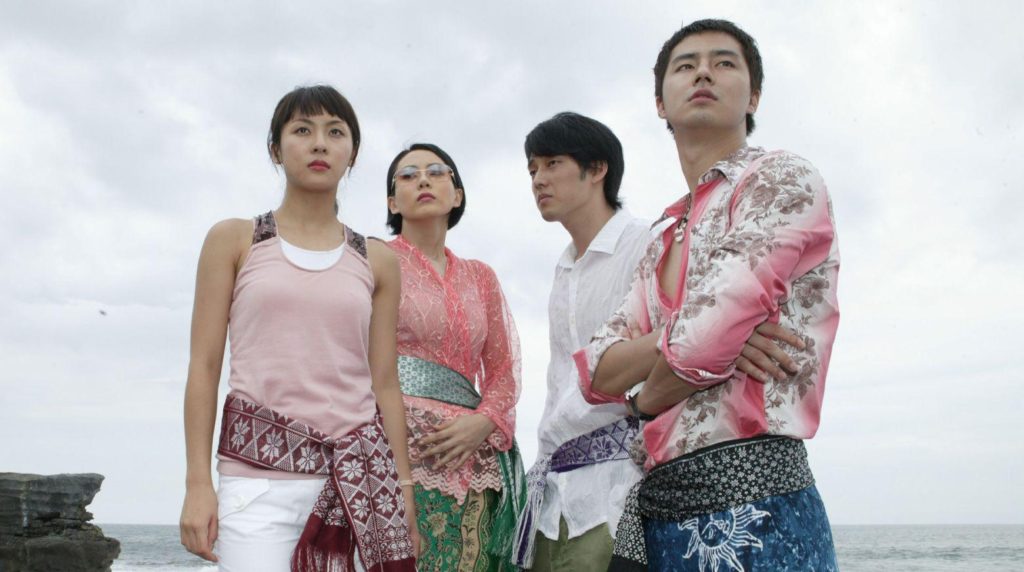
It was more common to see second leads being in the same role of the sweet and more docile character, and instead, the male lead with an antagonistic relationship would end up with the female character. The moral of these dramas during this time period was that being sweet didn’t get you the girl; it was much more interesting to have a sad backstory and have the female leads “fix” the tortured first leads then find happiness with the second leads. Thus, second Leads like Shin-woo and Ji-hu weren’t given a chance because they were already good people, while first leads like Jun-pyo and Tae-kyung needed the love of the main character in order to move past their trauma. It’s not fair, though, to assume all dramas during this time period had this exact dynamic every time. For example, Something Happened in Bali ( 2004; Choi Moon-suk) surprised everyone by having a nuanced take on the love triangle. The second lead Kang In-wook wasn’t exactly as sweet as the other second leads mentioned in that era.
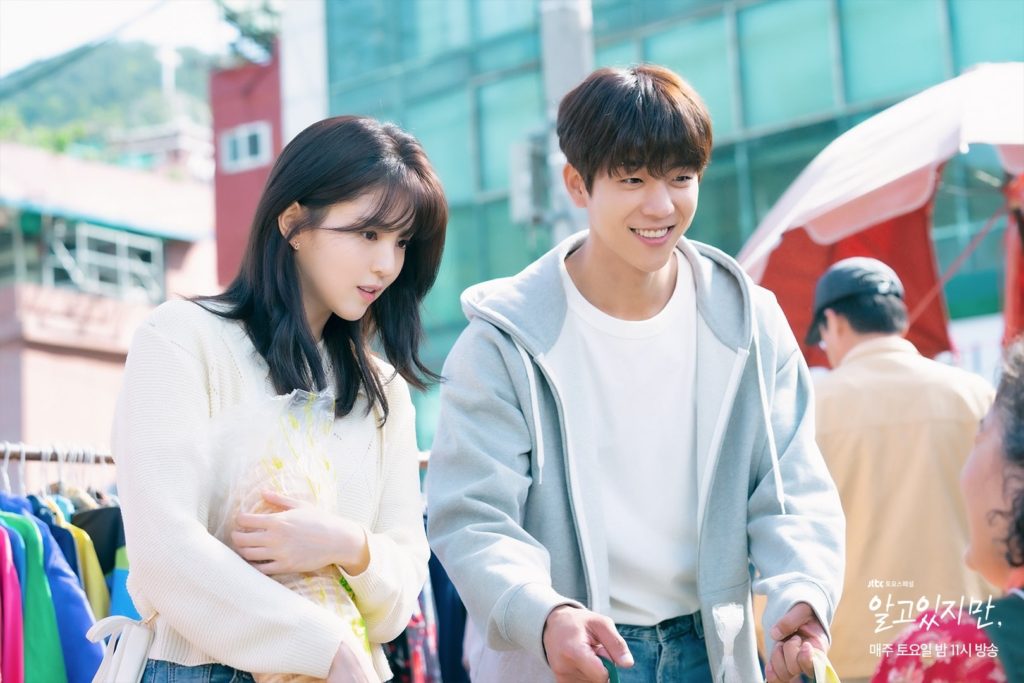
That was over twenty years ago, and Korean dramas are not the same cliche of just rich boys falling for poor girls anymore. The present Korean dramas now feature second leads who are more diverse and aren’t just the nice guys who lost to the girl. Second leads like Jung-hwan and Kyung are complex individuals who lose their ability to be with the female lead because of their hesitation or as consequences of their actions. Viewers now connect with these second leads because of their storylines and character development; it’s not just because the second leads are genuinely better people.
It’s not only the second leads that are evolving overall, but Korean dramas, in a general sense, have been moving away from the tropes that seemed to litter the genre throughout the years. There have multiple instances of dramas taking a different approach, often becoming more progressive in the way the writers portray female characters and the romances they partake in. One drama that is currently airing is Nevertheless (2021; Kim Ga-ram), which shows is doing a great job of dissecting the dynamic of romance and dating in the medium of Korean dramas. Second leads are no longer pigeonholed into the docile and submissive archetypes that always lose to the same type of first leads; the current second leads are varied and have become uniquely different in each drama they are written in.
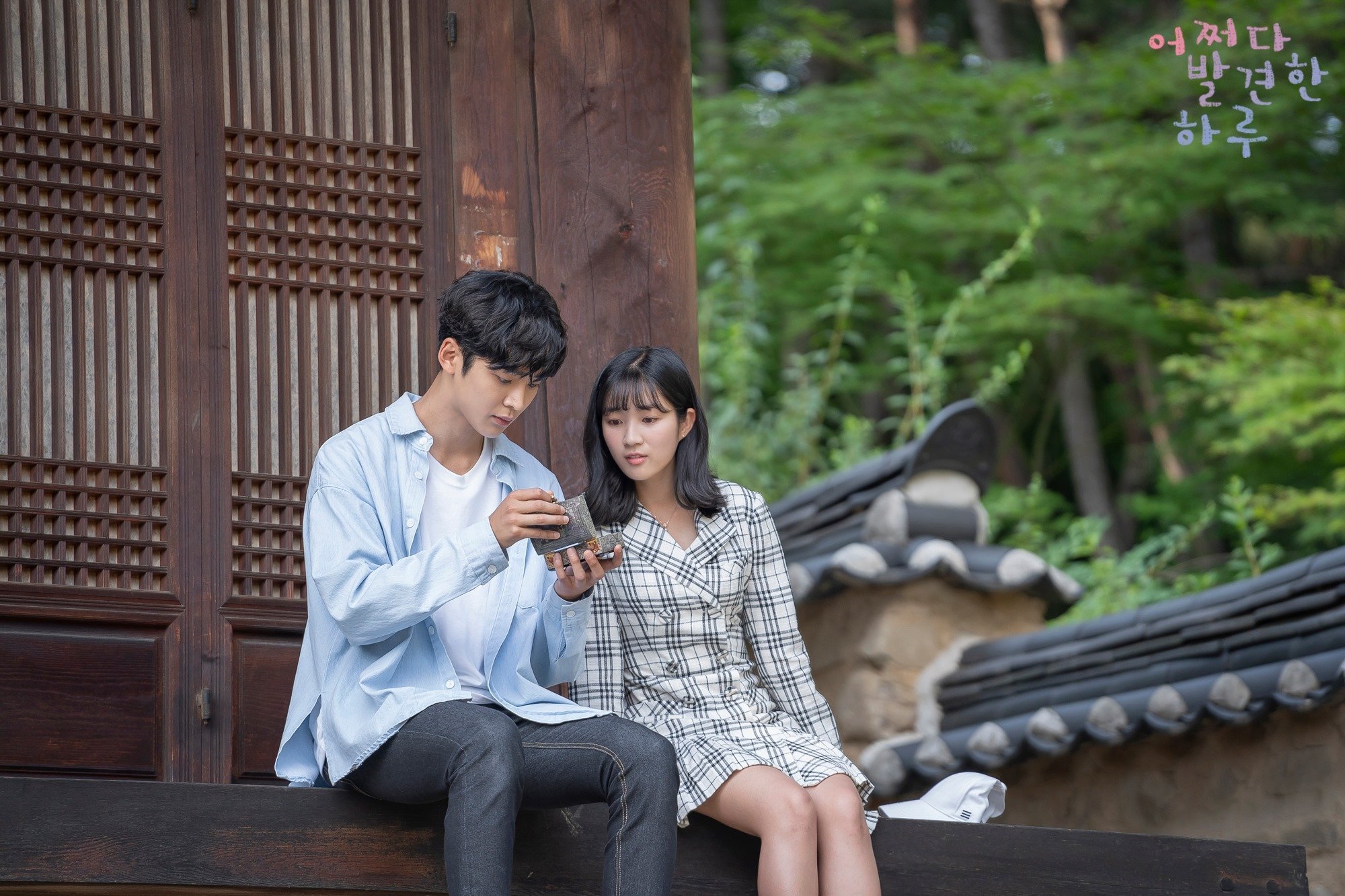
jasmine is a wonderfully researched and articulate writer. i loved their insight about the development of the second lead as a reflection of the progression past the “nice guys finish last” mentality. it really has been refreshing to see k-dramas exploring diverse characters in the second lead role, and i especially loved what jasmine said about how now, second leads are capable of losing the main love interest due to the consequences of their actions. it really does show how accountability has become a bigger issue that can now be tackled in media. a thought provoking piece that respects the romantic genre, and its fans!